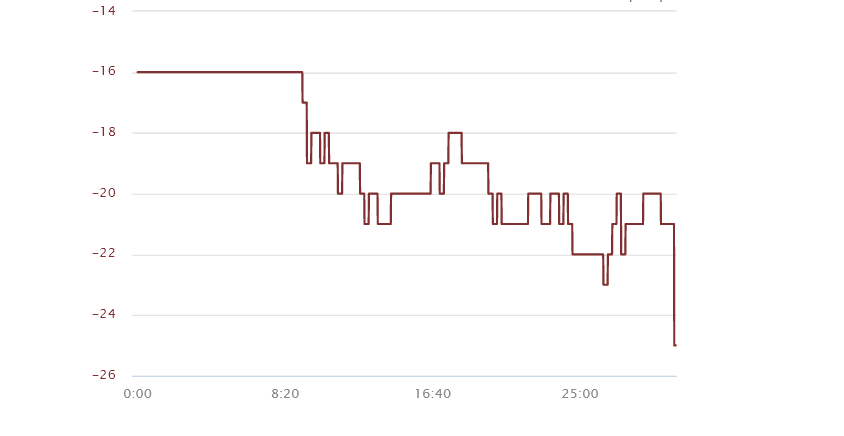Dedicated Analysis in the Case of a Trail and a Treadmill Run.
Jan 20, 2023
2 mins read
Running on a treadmill is not the same as running on the road. And, this is not a detail because the effort required on the home trainer can be much higher than that of an outdoor run.
I’m not an indoor runner, but I did a first try this winter and my heart rate was about 20 beats higher than normal:

There are various reasons for this:
- The regulation of the body temperature is more difficult than outside. We run at room temperature and there is no wind and so no air flow due to the movement of the runner. But air is a thermal insulator, we find ourselves having difficulties to evacuate the heat induced by the effort in this environment.
- The speed being imposed, it is the necessary to adjust permanently to the speed of the treadmill. Also running on a very small surface may be disturbing. When you are not used to it, it influences your running style and requires you to adapt.
In general, session after session, the heart rate on the treadmill gets closer to the outdoor heart rate but still tends to remain higher all the same.
Then there is a problem with the treadmill incline. This simulates a hill but since there is no variation in altitude, learning the equivalent pace on the track is therefore biased and may produce values that are unusable for the road.
There are similar problems for trail running: the terrain is more uneven. It is rougher and the runner’s concentration is more important. As a result, the heart rate is generally higher than on the road. on the other hand, it is possible to estimate the pace on the track and it can be learnt normally thanks to the information on altitude variations.
Solution
The easiest way is to do a separate heart rate analysis for each type of activity. For each type of activity, trail running, treadmill running and road running have all their own a different model for the heart rate analysis.
This impacts the calculation of:
- HR efficiency
- estimation of sensation
- estimation of V@VO2nax and P@VO2max
All these values become dependent on the type of activity. In addition to this, the estimation of pace on a track continues to be used on a treadmill, but it is not treadmill, but it is not learned on this support.
Also, the online analysis is dedicated to each type of activity. When starting the trail activity on the watch, the web page displayed by Garmin Connect corresponds to an analysis valid only for it,
Here is an example of an analysis dedicated to the trail:

Sharing is caring!